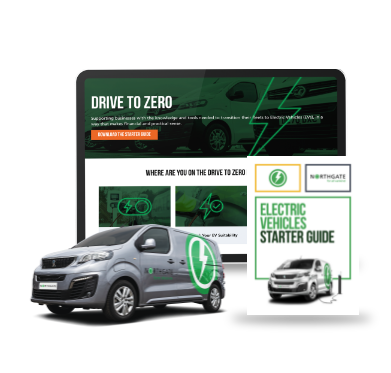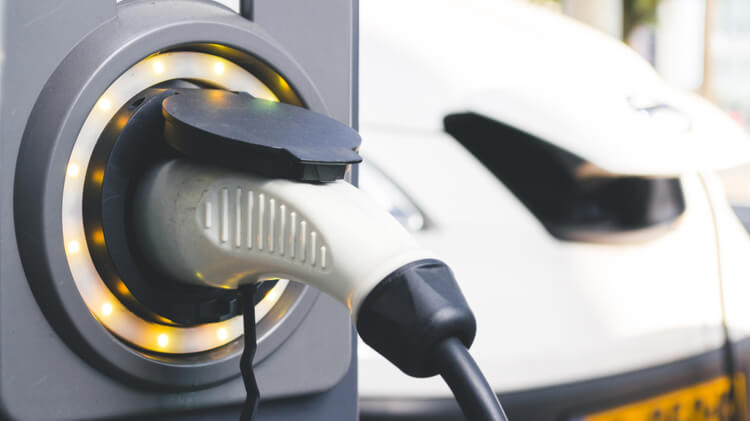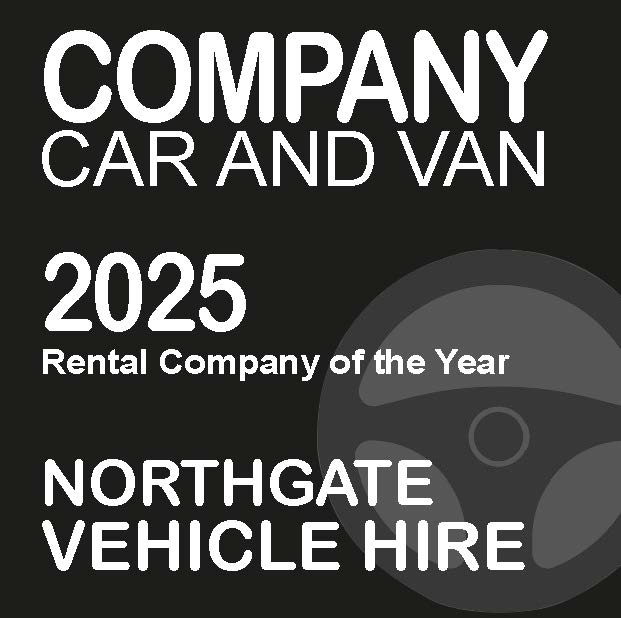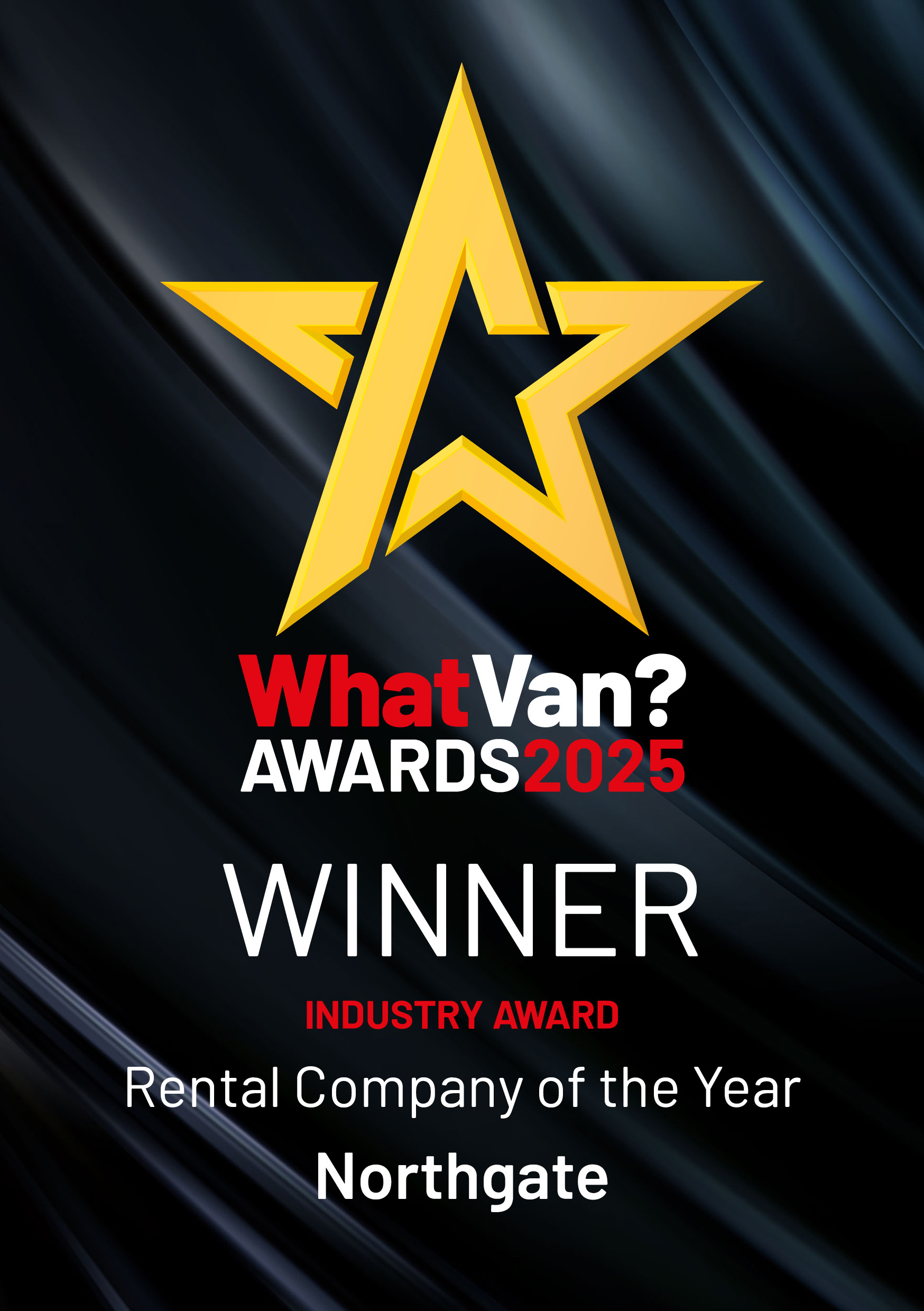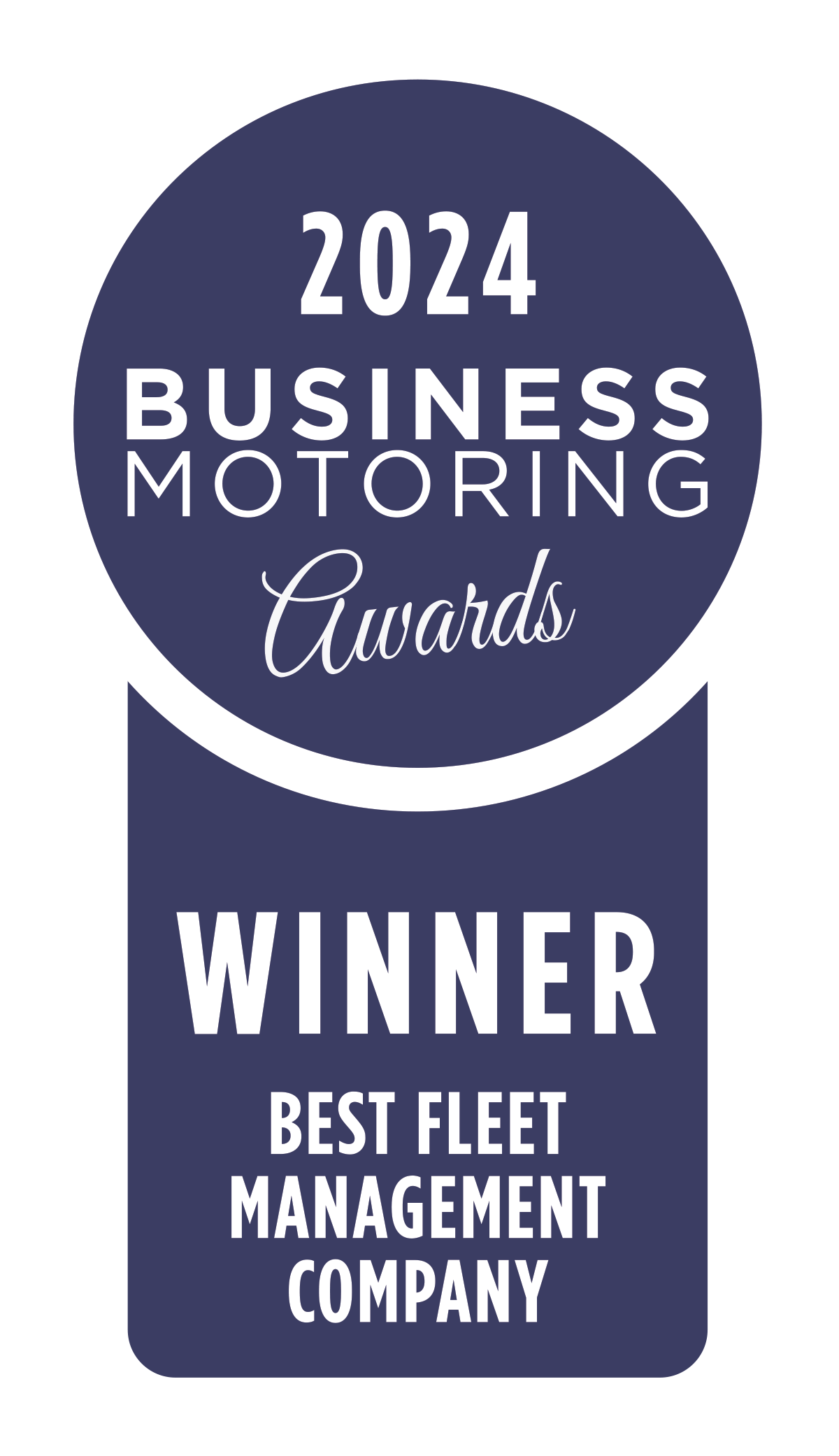The business guide to electric vehicle charging infrastructure
Wondering whether electric vehicles have big enough batteries for business use? EV guest expert Dr Colin Herron answers businesses top questions on charging vehicles and infrastructure.
![]() 04/05/2021
04/05/2021![]() 10 minutes read
10 minutes read
For businesses, charging can be a major factor in deciding whether Electric Vehicles (EV) are suitable.
If you’re weighing up your charging options or deciding whether an EV is going to be a practical option for your business, this post covers what you need to know about charging EVs and electric charging infrastructure.
What are the differences in EV charging infrastructure?
Charging falls into categories that are characterised by low power and high power. Low power is 3kW to 22kW and is Alternating Current (AC) and high power is 50 kW to 350kW and is Direct Current (DC). Domestic and street chargers are mostly 3-7kW.
Where do you charge an electric vehicle?
This is a very good question. For some, the answer will be where it's easiest and cheapest. For others, it will be wherever is easiest when it’s needed – which is the same approach most of us take with Internal Combustion Engine (ICE) vehicles. The difference is that there are many different places to charge:
- Home: Using a charger installed on your driveway or where you park.
- Work: Your workplace might have chargers accessible in the car park or on-site.
- Destination: If visiting destinations such as shopping centres, National Trust properties, gyms, sports stadiums – you might find a charger.
- Transit: Transit is for longer distances and is like now - where a stop at a service station is required.
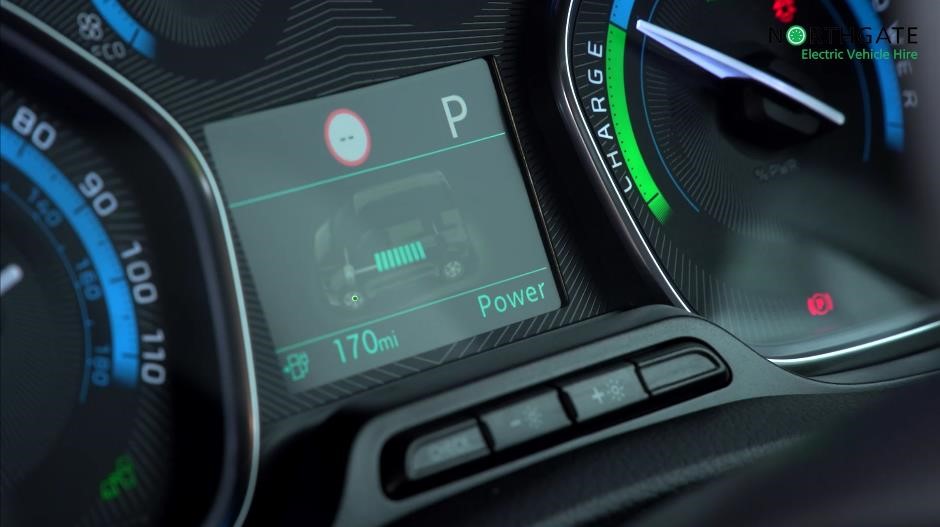 The dashboard from one of our Peugeot e-Experts - an example of a typical display of information.
The dashboard from one of our Peugeot e-Experts - an example of a typical display of information.
Are electric vehicles suitable for business use?
The fundamental question is the daily cycle vs the range. In other words, can you do what you need to do and get back without having to charge? If you rely on your vehicle for your work then you may be worried about battery, but the positive news is that many businesses are making the switch to EVs and reaping the benefits.
I use the taxi as an example. Many taxi companies have converted to EVs, but why is this important? Because, if a taxi driver can live with an EV, I am sure most of the population can. But beware not all routes are currently viable and there are not yet suitable EV alternatives for every business use.
How fast can you charge an electric vehicle?
The time to charge an EV from 0 to 100% can depend on a few different factors, such as battery capacity, type of current (AC/DC), the maximum charging power a vehicle can take, and the kW being supplied by the charger.
Starting with AC first because it is more straightforward… Assuming you have a 30kWh capacity battery:
- 3kW home charger it will take 10hrs.
- 7kW fast charger a little over 4 hrs.
I have not mentioned 22kW, and that is because not many vehicles are equipped to take this power. Just like a conventional fuel pump, the delivery is linear or it comes out at the same speed, meaning you get the same amount per hour.
DC is more complicated as it depends on the vehicle and is not linear. Linear is what happens now at a fuel pump. Press the nozzle and the fuel comes out at a constant rate until it cuts off.
And so:
- 50kWh vehicle on a 50kW charger would take 1hr to fill.
- 50kWh on a 350kW charger would take 8.5mins.
The problem is that each battery has a maximum limit of the power it can take and a ‘drop off’ which protects the battery. This can vary from van to van, but after a few charges you will have a good judgement of the charging capability of your vehicle.
Faster chargers do not necessarily mean your vehicle will charge faster – charge time is still dependent on the maximum kW that the vehicle you’re charging can accept.
Is charging an EV as quick as fuelling ICE vehicles?
There is a need to be realistic when comparing the fill time of a conventional vehicle with the charge time of an EV. Can we currently replicate the 5 min fill of a conventional vehicle? The answer is no. Will we get there? The answer is possibly. When I started installing infrastructure high power was 3kW and now up to 350kW is available. The once 8hrs empty to full went to 0.5hrs to 80% of range, also with the change in battery capacity the 80% used to be 80miles and now the 80% is 180 miles or more.
What is the best way to find an electric vehicle charger?
There are a few tools you can use to find chargers. One popular tool is Zap Map. Zap-Map enables you to search by location and filter by provider. And, because Zap-Map survey the most reliable chargers, it can help minimise the chance of turning up to a charger that doesn’t work.
Keep in mind that the payment systems used by chargers is not yet standardised. New chargers mostly accept contactless payments now and this makes it easier -but it can still pay to check membership rates, as this may work out cheaper. The downside of memberships is that you will need a specific card or an app.
What about plugs?
The plug is the same concept as a home appliance in that it must be ‘plugged in’ to get a charge. The fast (AC) charge plug is now standard and known as a type 2, so all new vehicles will have a type 2. The vehicle manufacturers are working towards a common rapid (DC) plug which is a Combined Common Charging System known as CCS. The original market leader Nissan with its e-NV200 had a different slow and rapid charging plug but these will change with the next model.
Is there good coverage for electric vehicle charging infrastructure?
This is a very contentious subject. With conflicting reports in the media, it can be difficult to know what is right. Unfortunately, focussing purely on numbers published by the government may also lead you astray. The reality is that it is highly dependent on where you operate.
Part of the reason why focusing on the numbers is unreliable is down to policies around them. The press considers that an ‘EV friendly council’ is the one with the most charge points installed. This unfortunately drives some councils to install the maximum number they can afford. The result can be many chargers of the wrong type in the wrong place. In other words, the numbers can sound impressive, but this is not a guarantee of charger availability for your own use.
Will there be an increase in chargers?
The only certainty is that there will eventually be more chargers installed than is required. Even so, some areas will not get the coverage they need - it is a postcode lottery. The situation is further complicated by rapidly advancing technology. Both operators and investors do not know what the habits of millions of drivers will be as they get used to a totally different technology.
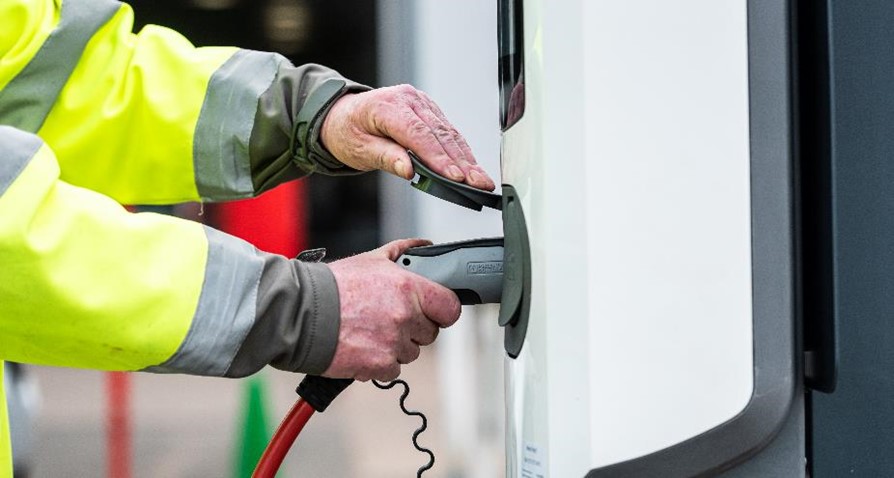 A Northgate technician preparing to use one of our onsite chargers to refuel a vehicle
A Northgate technician preparing to use one of our onsite chargers to refuel a vehicle
Is it easy to find charging infrastructure and make payments?
The answer is that it depends.
Charger availability is currently a postcode lottery, but the situation is evolving quickly. The strategic road network is getting a lot of attention in terms of high-power upgrades and numbers, and this means improvements are on their way.
What I do know as a BEV owner of 7 years is that what a driver wants is: a reliable way to charge their electric vehicle and a simple payment method – which leads us on to the bigger question…
Are public chargers reliable to use?
In short, no. Due to the way the infrastructure has evolved, it is not uncommon to find a public charger you can’t use as it is out of service. The experience from charger to charger can be inconsistent and you may find yourself having to drive to the next one or having to plan where you will charge in advance.
This evolution was down to two main reasons:
- The first chargers were very basic, and it is not worth updating them as it is more costly than the charger is worth. In the charging industry, these first chargers are known as legacy chargers. Technology has moved on so fast there is already an original charger in the Newcastle Science museum!
- The easy methods of payment, such as Contactless, were not available in the first generations of chargers. Now that Contactless is widely available, the added cost of this payment system often makes underutilised chargers less profitable or not financially viable. In the early days of EV, there was a campaign to install as many chargers as possible to take away range anxiety, this meant that many were installed knowing they would not be used much.
Why did charger operators opt for proprietary payment systems?
Contactless systems are often deemed by operators as too expensive to install or retrofit. When you consider that contactless also adds a handling fee, it is easy to see why many operators viewed it as not affordable.
The operators also wanted to understand how drivers’ charging behaviour was changing. Contactless is convenient but anonymous in terms of who and how charging habits are changing. As result, many operators opted for proprietary payment methods that they could use to gather data about their customers.
Will chargers become more reliable?
The answer is yes but it will take time. Soon all charging will be by contactless payment, however, legacy equipment will not be updated due to the cost. Why contactless? One of the complaints of current drivers is the sheer number of operators with their own RFID card or app which required membership of some kind. Turning up needing a charge at a charger which the driver was not a member was understandably annoying. Contactless takes away this frustration – but this convenience may be reflected in added costs.
Why is contactless not a straightforward solution?
Contactless is easy to use for the driver, but the downside is that it makes it more difficult for suppliers to provide the infrastructure that drivers actually need – because suppliers then lack important data to make decisions on drivers’ requirements.
With membership systems, a driver enters where they live, what vehicle they are driving, battery capacity, job, and other useful information for the suppliers. This enables suppliers to build a picture of how the chargers were being used. Through the membership scheme, it was also possible to send periodic questionnaires to gather further feedback – again, an important part of taking a data-driven approach to installing chargers.
Unfortunately, far less useful information can be gained via contactless. With contactless, the supplier knows when the charger was used and how much power was taken – this information is useful but not enough to help design networks.
Is the availability of public electric chargers improving?
A clear sign that the EV switchover is happening is the level of investment from both bp and Shell – as well as quickly installing chargers on existing forecourts, new forecourts are being built. The power companies are also installing chargers, as are the vehicle manufacturers, too. The UK government has set aside £millions for new infrastructure which I hope will be spent based on demand.
More about our author
Dr Colin Herron, MD Zero Carbon Futures, Visiting Professor Newcastle University
Colin has worked in or with the automotive industry for nearly 48 years with 16 years as an engineer at Nissan. Since 2008 Colin has specialised in EV either project managing infrastructure roll-out or researching vehicle technology. Currently MD of a small not for profit consultancy Zero Carbon Futures owned by Newcastle University where Colin is also a Professor
Take the next step toward an EV fleet today
SPEAK TO THE EV TEAM